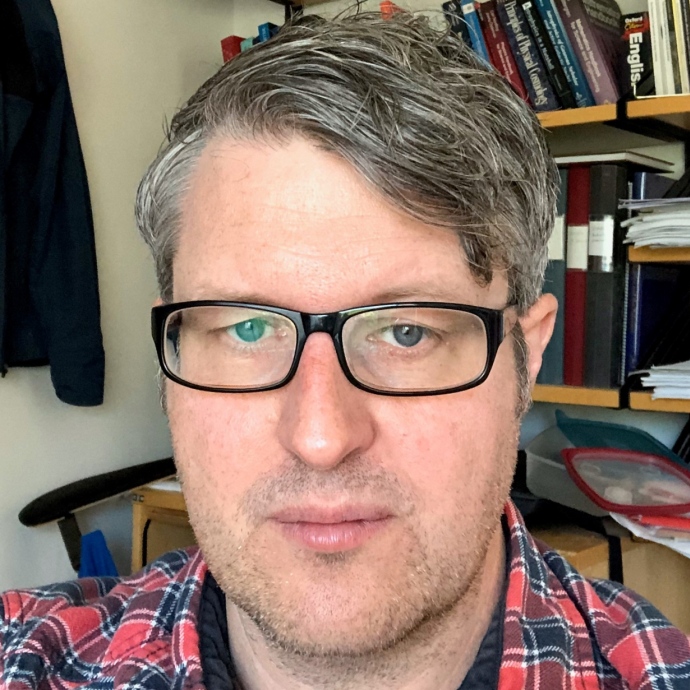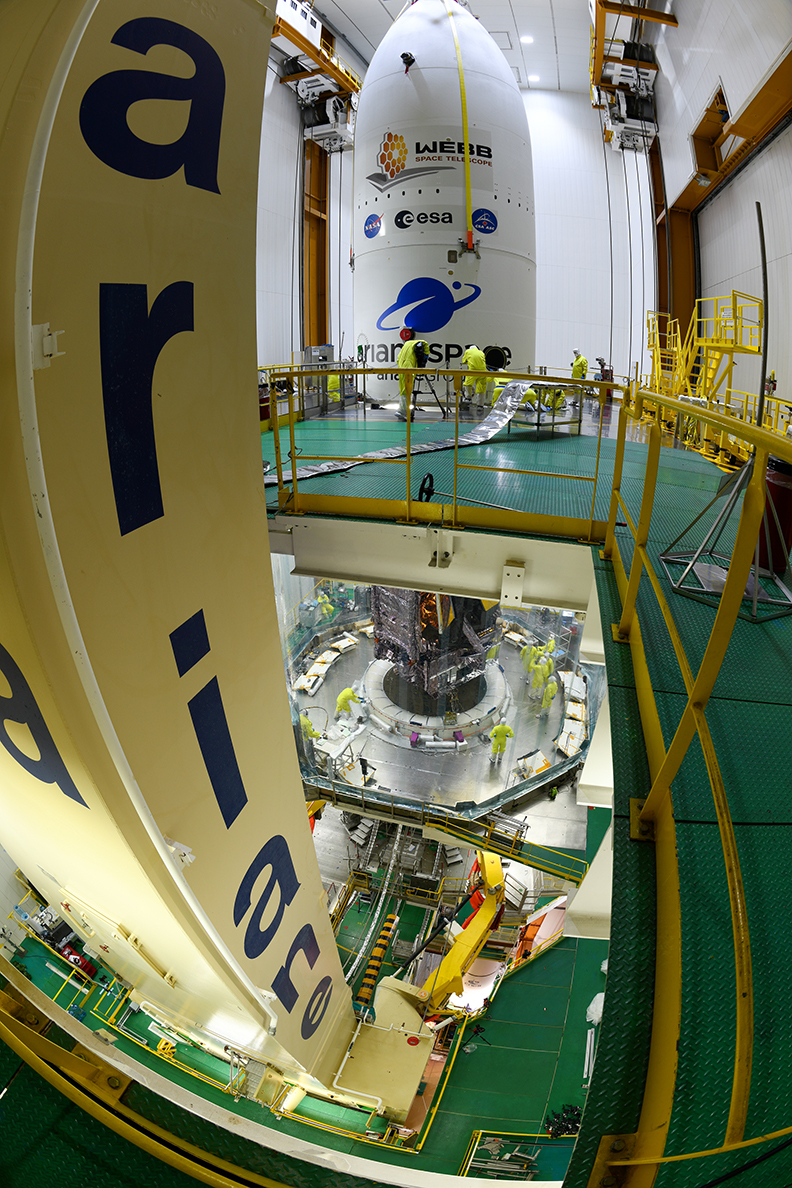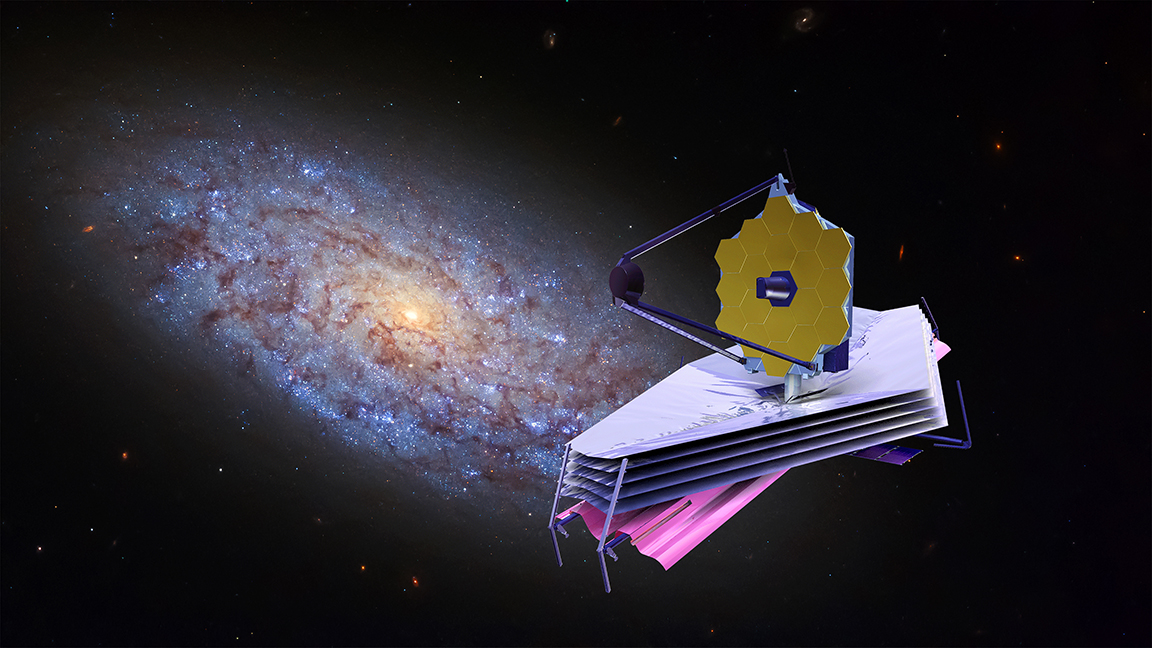In search of new frontiers
"With the help of the James Webb telescope, we will be able to see parts of the universe and other things we have not been able to see before. And what we have already been able to see, we will be able to see better." - astronomer Jens Melinder at the Department of Astronomy at Stockholm University.
-
 Astronomer Jens Melinder at the Department of Astronomy at Stockholm University.
Astronomer Jens Melinder at the Department of Astronomy at Stockholm University. -
-
After 25 years of planning, the world’s largest space telescope to date, the James Webb, has finally reached its orbit. The telescope uses infrared light to measure objects in space. It will examine the atmosphere on planets in other solar systems and look further back into the history of the universe than has previously been possible. The instrument on the telescope designed to capture faint infrared light has been developed by scientists from Stockholm University, together with other Swedish researchers. The James Webb reached its orbit on January 24 after four weeks of space travel – but it’s not until this summer that scientists will know if everything works and the observations can begin.
-
 The Webb telescope secured inside the Ariane 5 rocket before launch.
The Webb telescope secured inside the Ariane 5 rocket before launch. -
-
Measuring infrared light
The James Webb telescope makes observations mainly in infrared light, i.e. light with a longer wavelength than the human eye can perceive. As the universe expands, light becomes redder, wavelengths become longer, the farther away from us the light originates. Therefore, the James Webb can see farther than the 30-year-old Hubble telescope, whose observations are mainly made in visible and ultraviolet light. The ability to observe farther into space than ever before also means it is possible to look further back in time. The infrared light that reaches us has not only traveled a greater distance, but it has also taken longer and can be several billion years old, allowing astronomers to time-travel to what the universe looked like shortly after the Big Bang. The telescope could also reveal the birth or existence of alien worlds with similar properties to Earth and where life may be found. -
 After 25 years of planning, the world’s largest space telescope to date, the James Webb, has finally reached its orbit.
After 25 years of planning, the world’s largest space telescope to date, the James Webb, has finally reached its orbit. -
Fierce competition for access
Jens Melinder is one of the Swedish researchers in the consortium that has contributed to MIRI, Mid-Infrared Instrument, the instrument that will capture faint infrared light from the most distant and oldest celestial bodies in the universe. Together with Göran Östlin, also of Stockholm University, and Kay Justtanont of Chalmers University of Technology, he will investigate the nearby galaxy IZw18.
“The galaxy consists almost exclusively of lighter substances such as hydrogen and helium and is therefore reminiscent of galaxies in the beginning of time. Heavier substances are thought to form gradually in stars. It will be like a lab where we can see what galaxies looked like and how stars were formed in the childhood of the universe,” says Melinder.
The competition to use the James Webb telescope is intense. The research groups that have contributed to the development of the telescope have been given guaranteed opportunities to make measurements, and other researchers and research groups have been allowed to apply for slots. -
 NASA’s James Webb Space Telescope launched at 7:20 a.m. EST December 25 on an Ariane 5 rocket from Europe’s Spaceport in French Guiana.
NASA’s James Webb Space Telescope launched at 7:20 a.m. EST December 25 on an Ariane 5 rocket from Europe’s Spaceport in French Guiana. -
The million mile journey
The James Webb telescope is the largest and most advanced space telescope ever built. It will orbit one million miles from the earth, almost four times farther away than the moon, and will follow the earth’s orbit around the sun.
Fourteen researchers from Stockholm University are involved in various projects that will use measurements from the telescope. Most of these researchers are at the Department of Astronomy, but researchers from the Department of Physics are also involved. NASA’s James Webb Space Telescope launched at 7:20 a.m. EST December 25 on an Ariane 5 rocket from Europe’s Spaceport in French Guiana, on the northeastern coast of South America and reached its destination by the sun on Jan 24. In order to fit into the launch rocket, the telescope was folded together to later be unfolded in the right way on the way to its orbit. -
Stockholm University offers over 30 masters programs in the natural sciences for international students. Among the masters programs in physics are atmospheric sciences, oceanography, climate physics and of course astronomy and cosmology. Researchers at the university are also teachers.
-
To apply as an international student, please visit www.su.se/study where you can create an account, search for and apply to courses and programs, and find additional information about applying to higher education in Sweden. For more info, see www.su.se/english/education/study-in-stockholm/
-
The Webb telescope is a collaboration between the European Space Agency (ESA), the American space agency NASA, and the Canadian space agency CSA.
-
-
